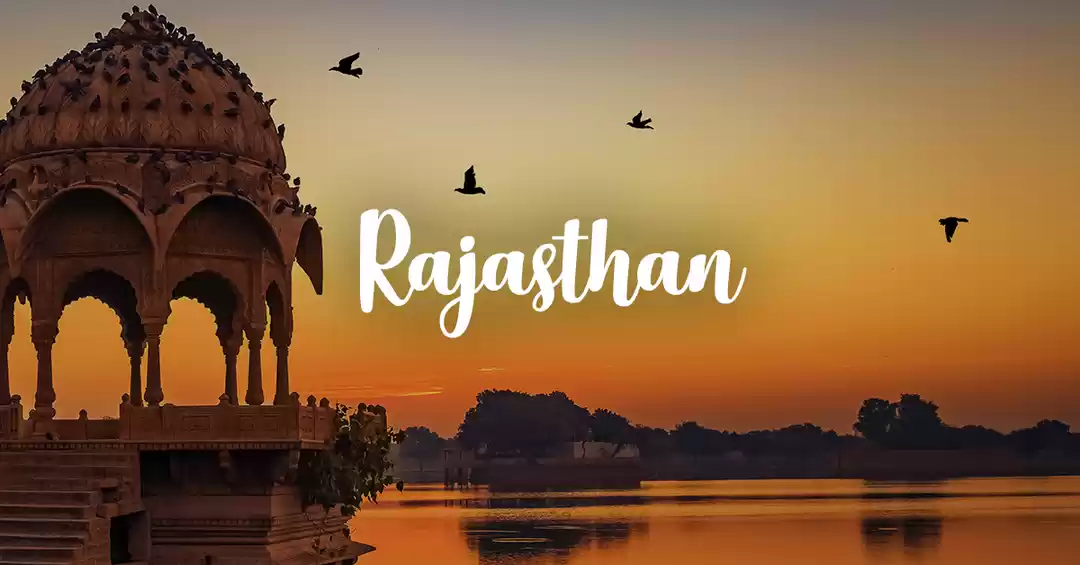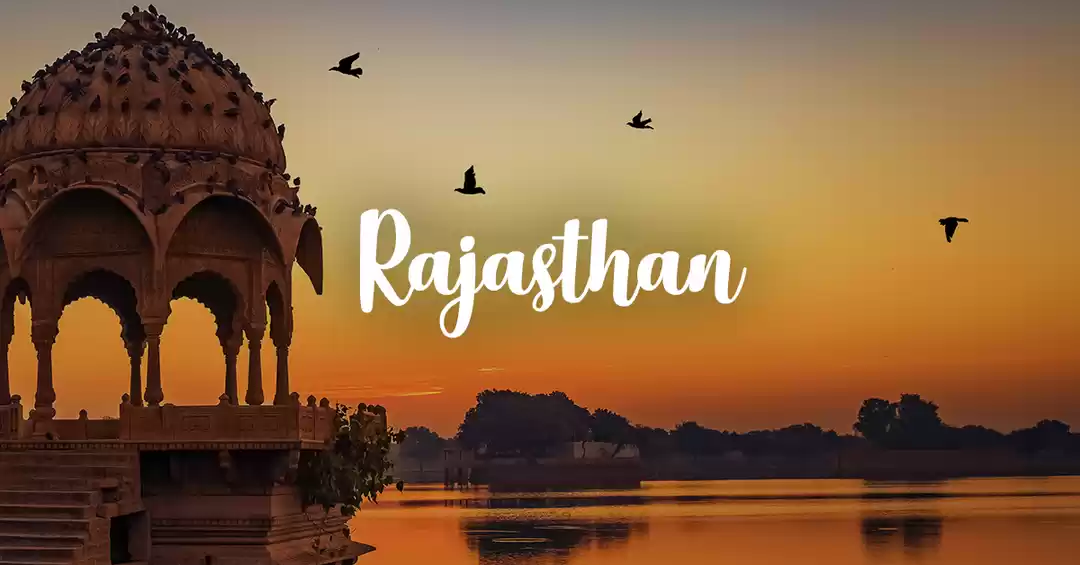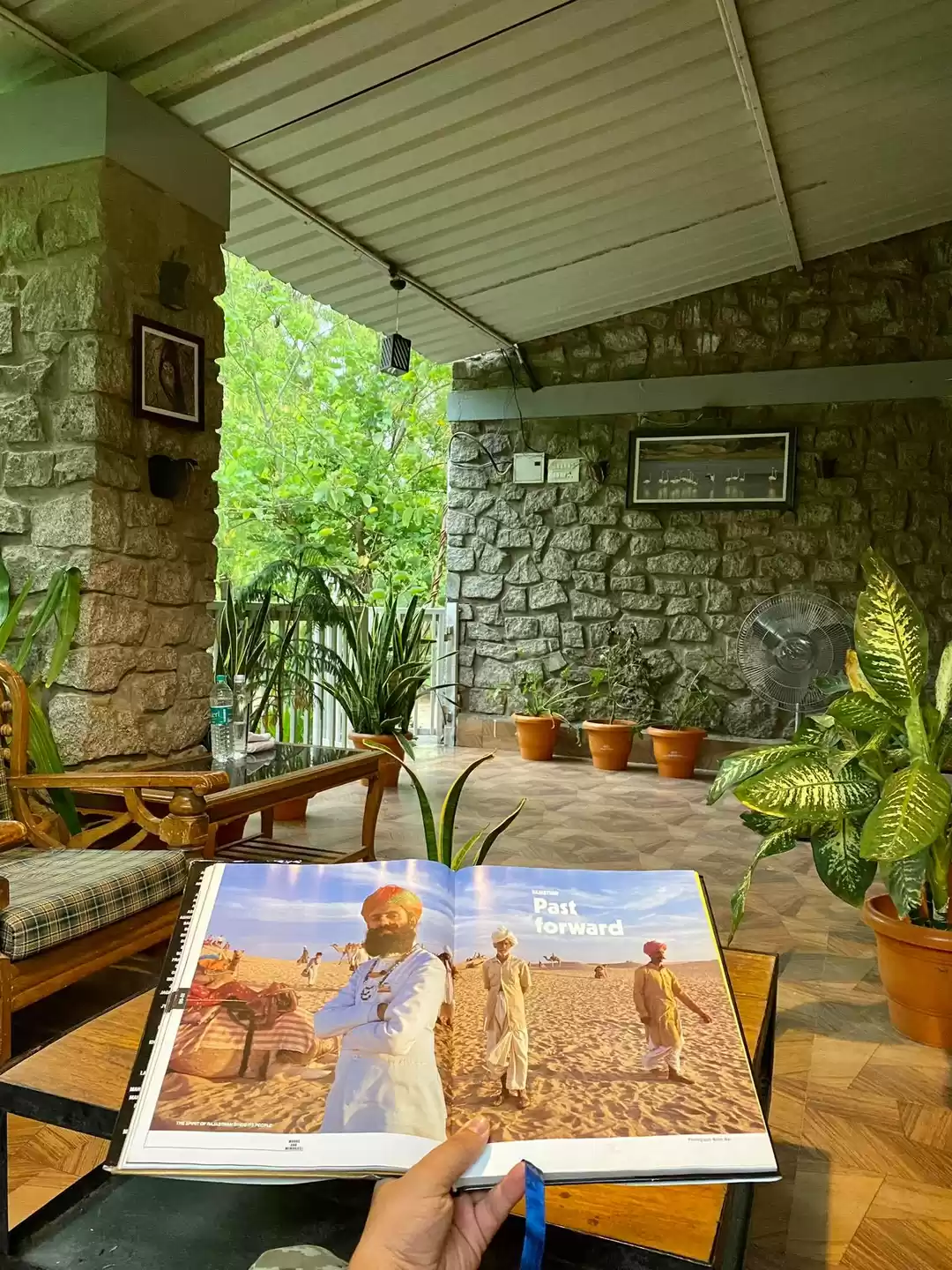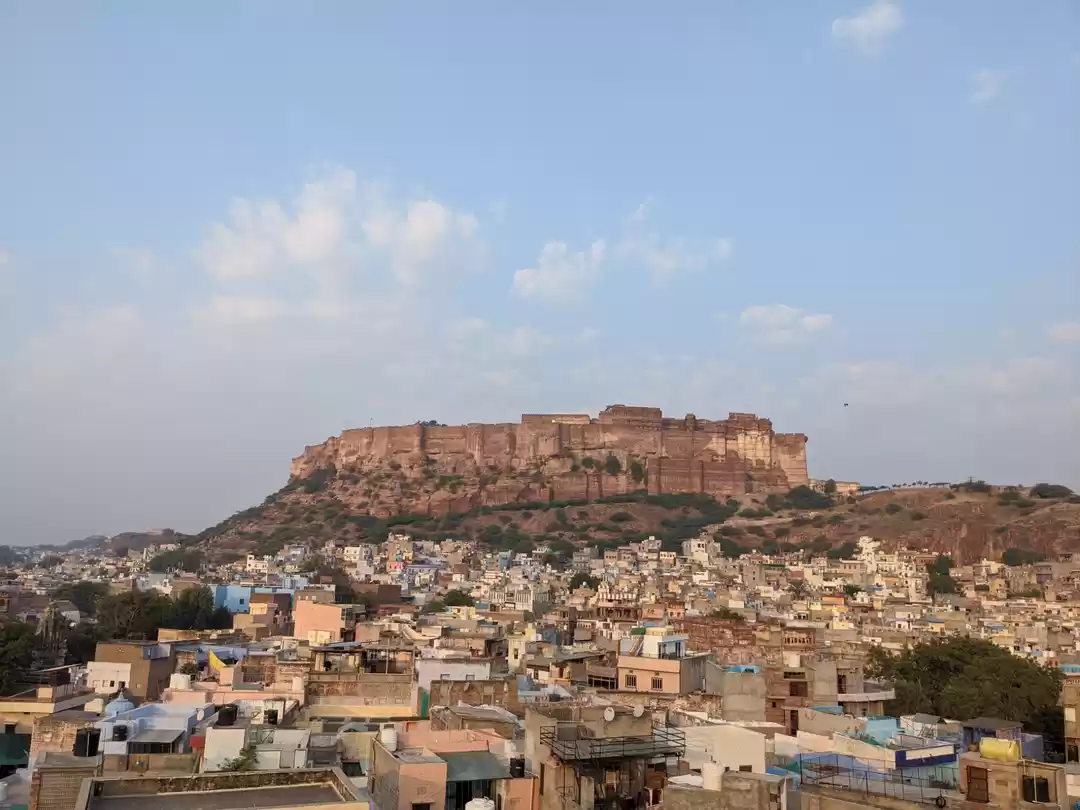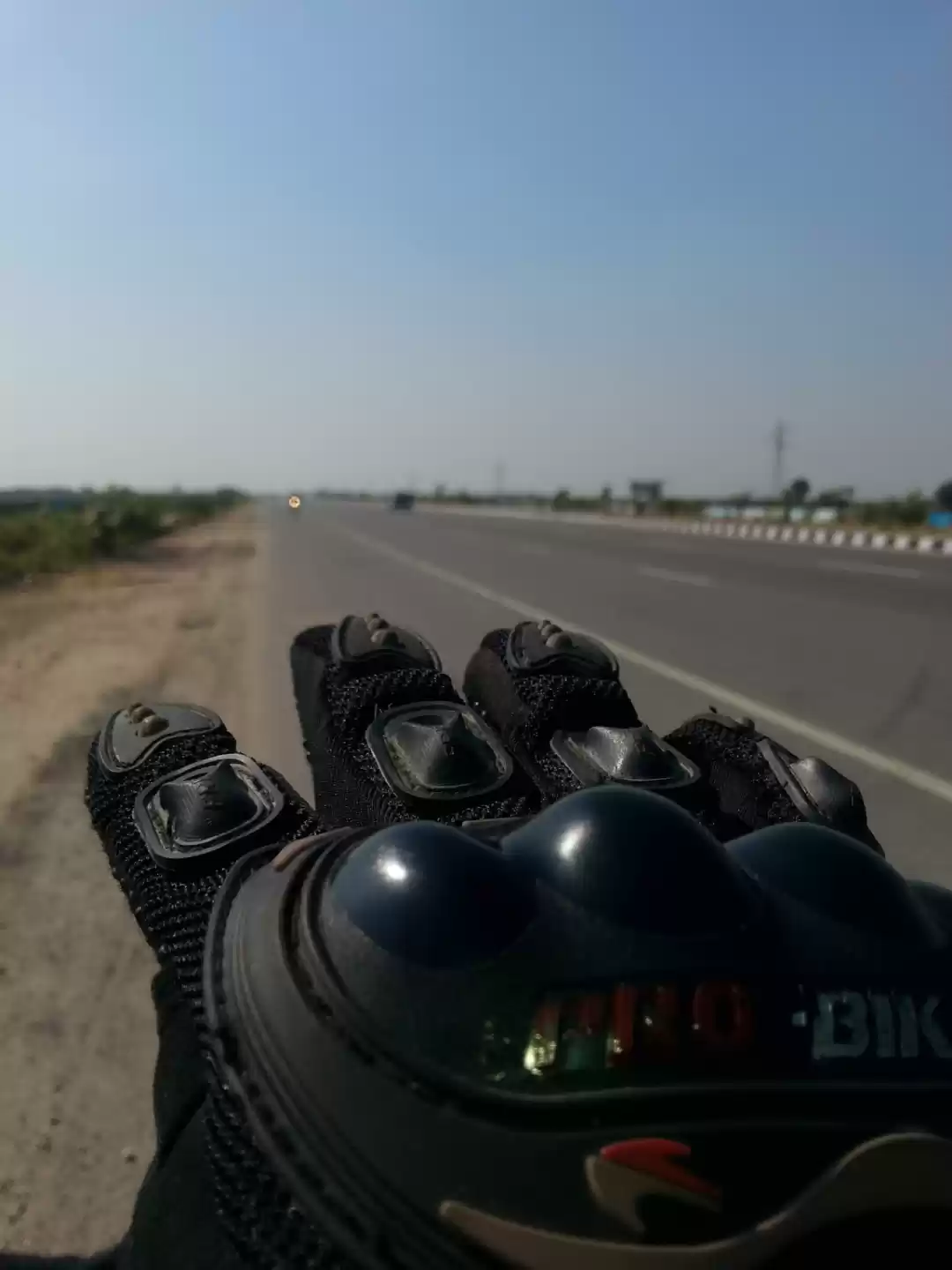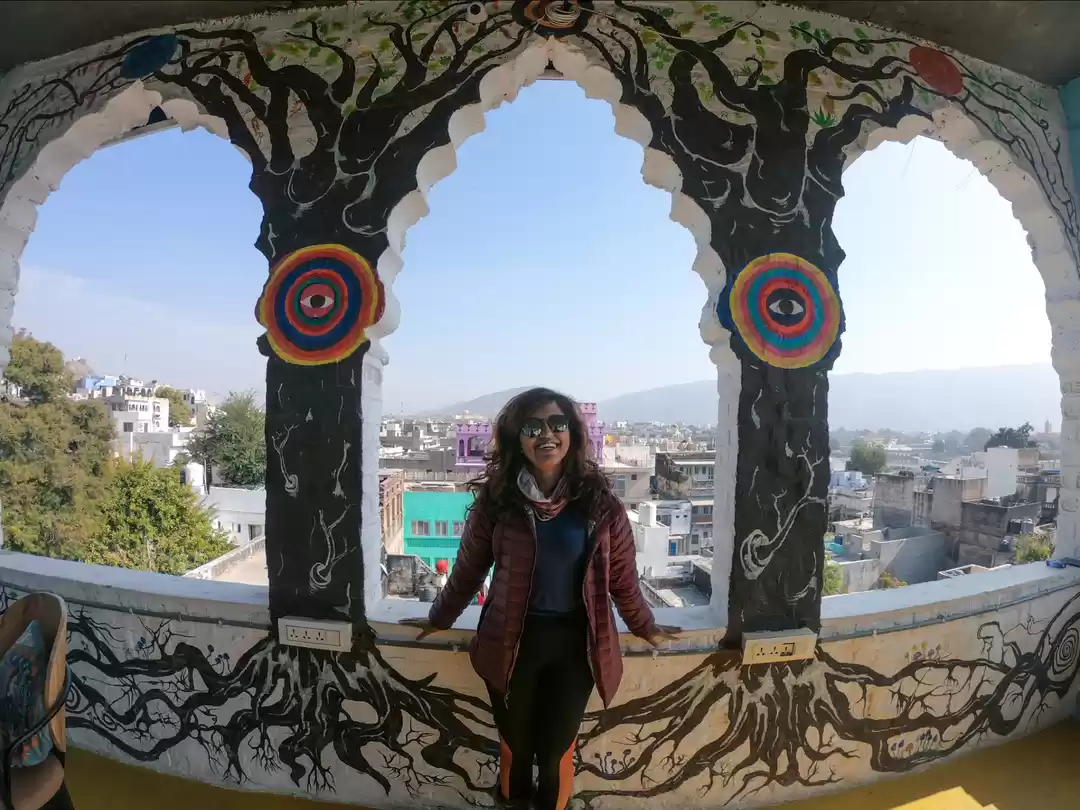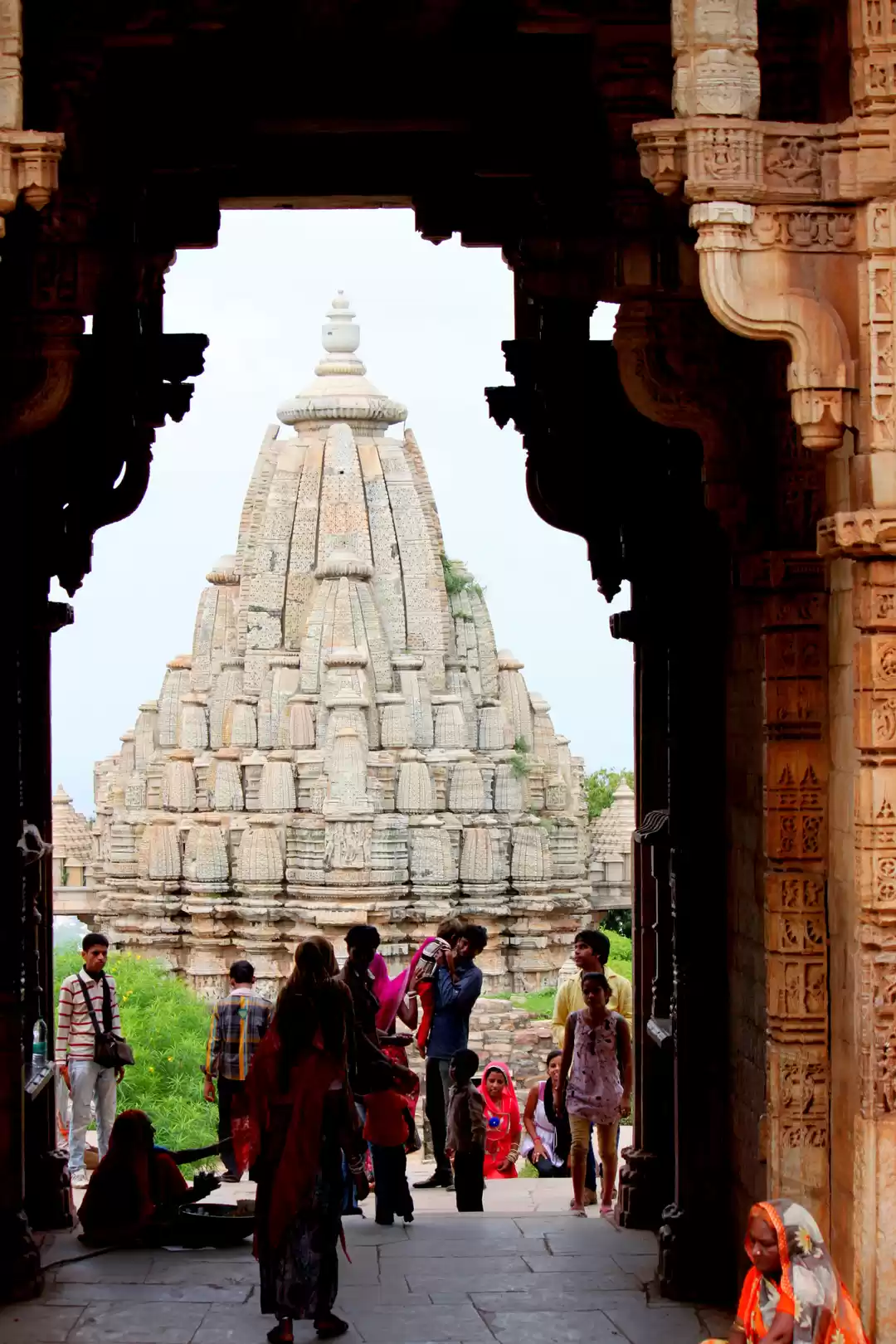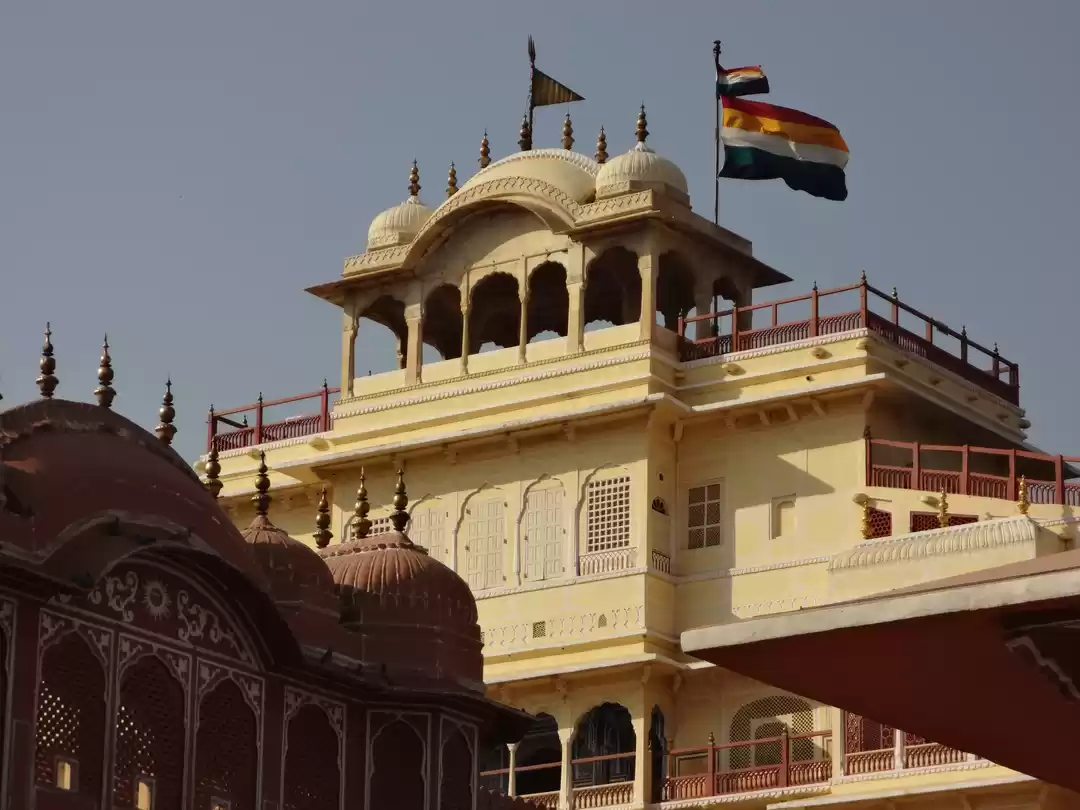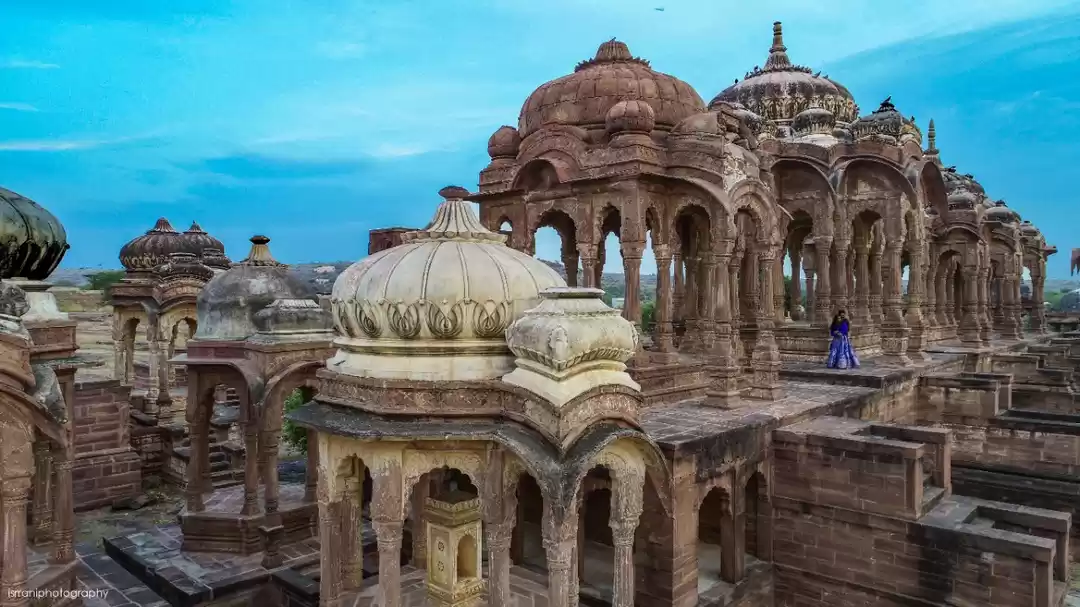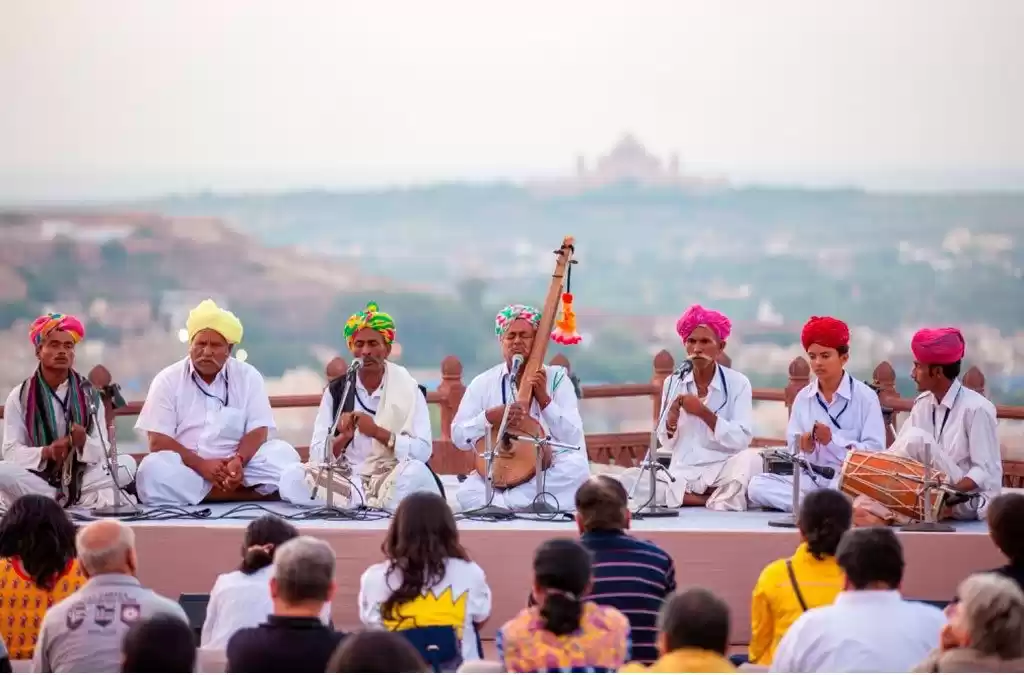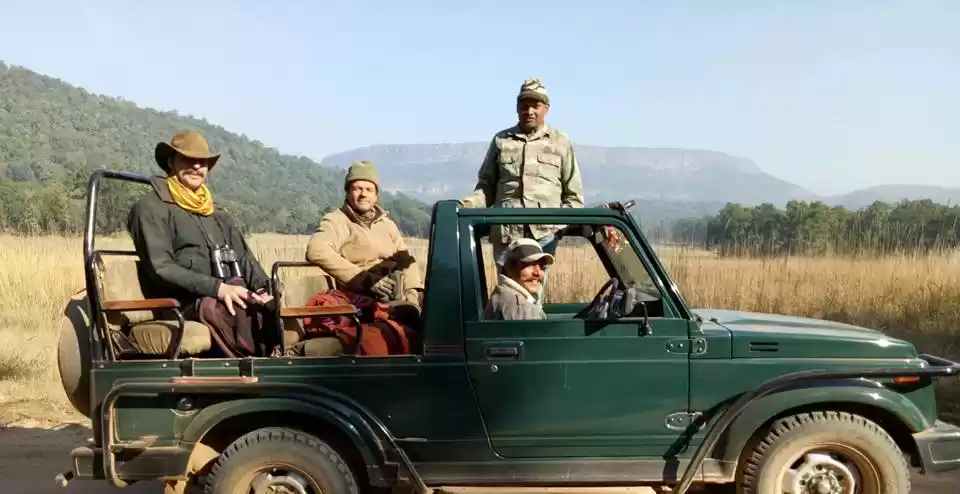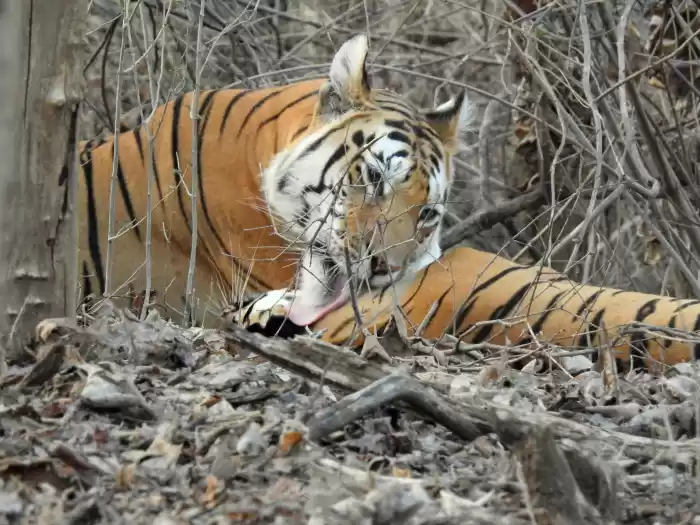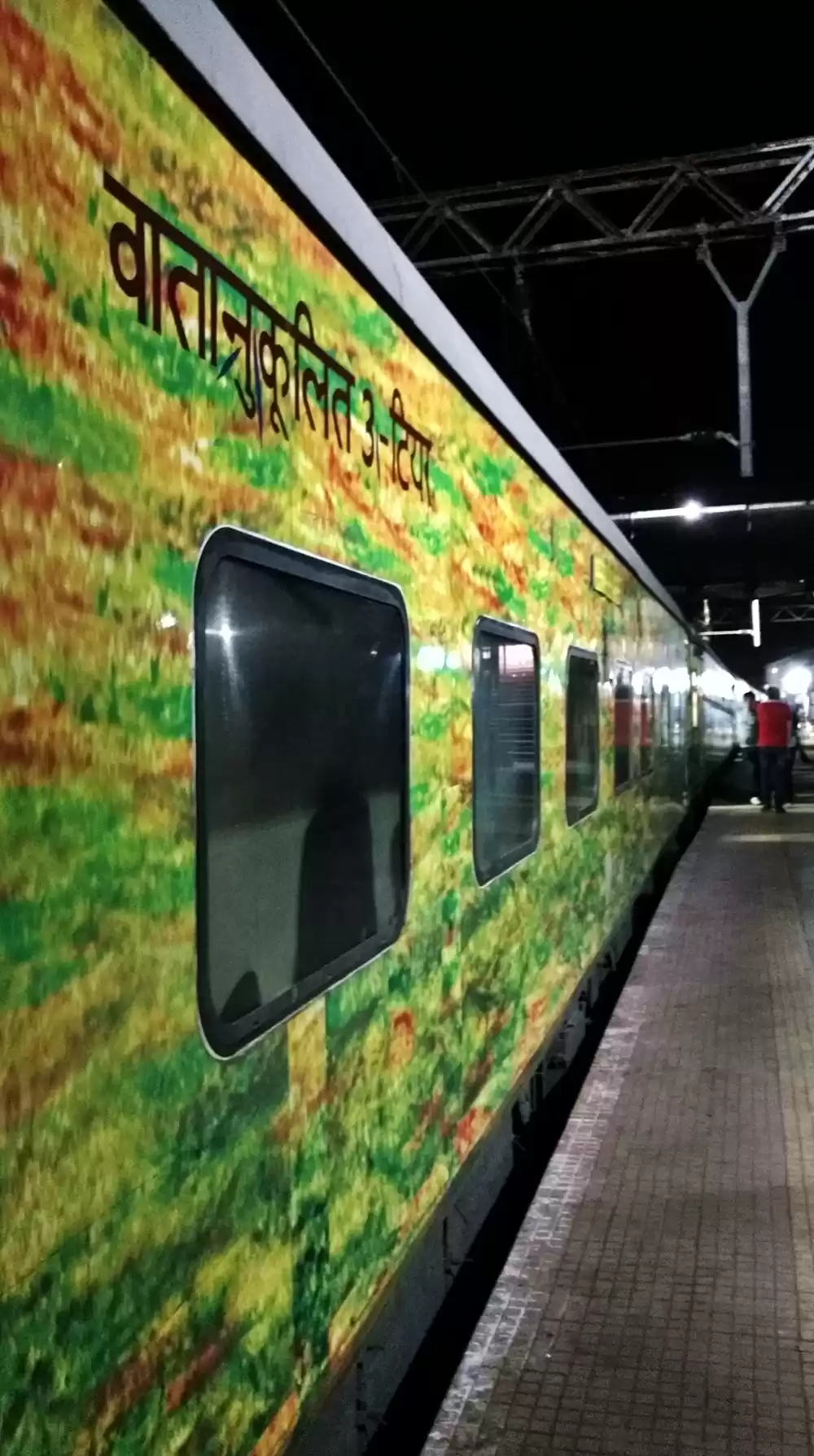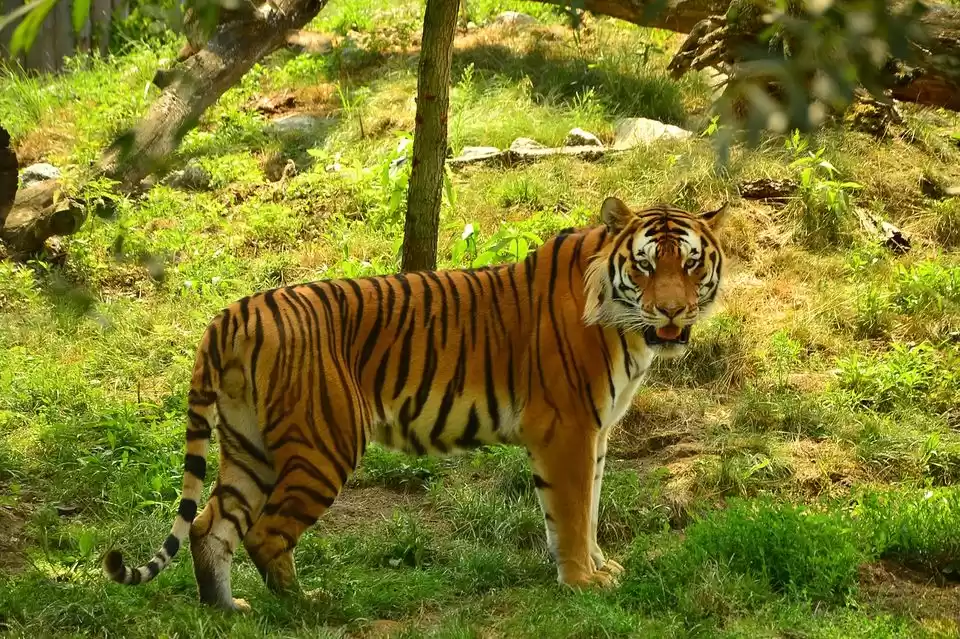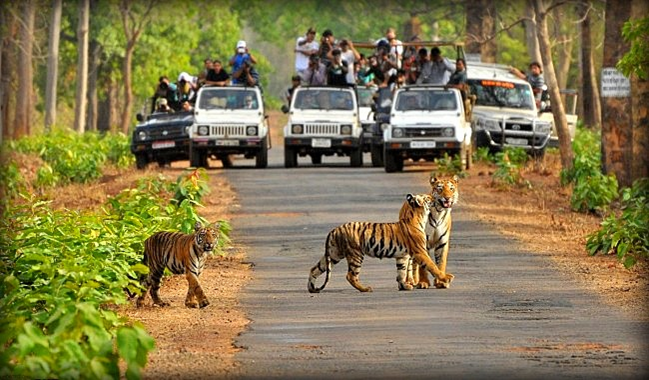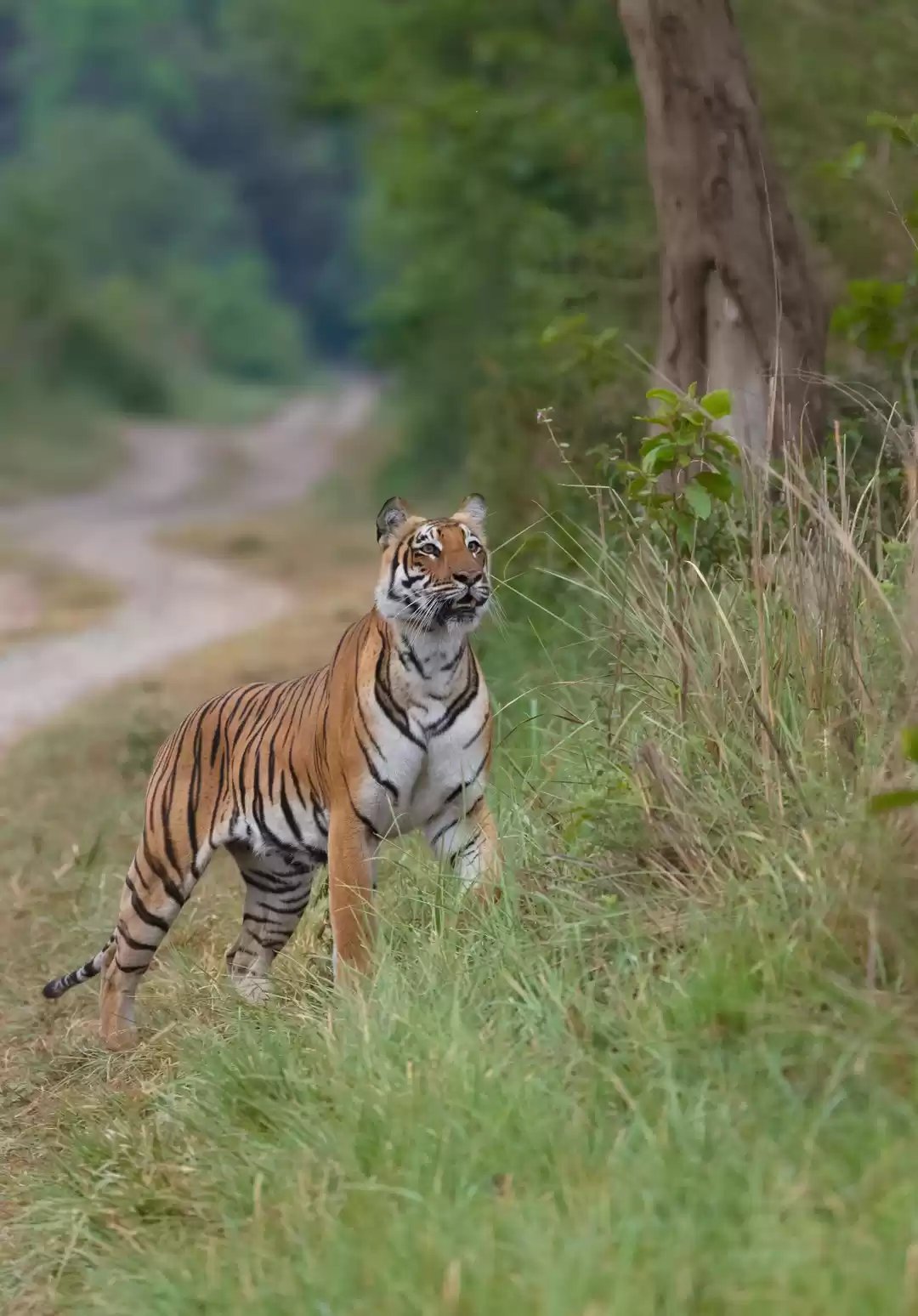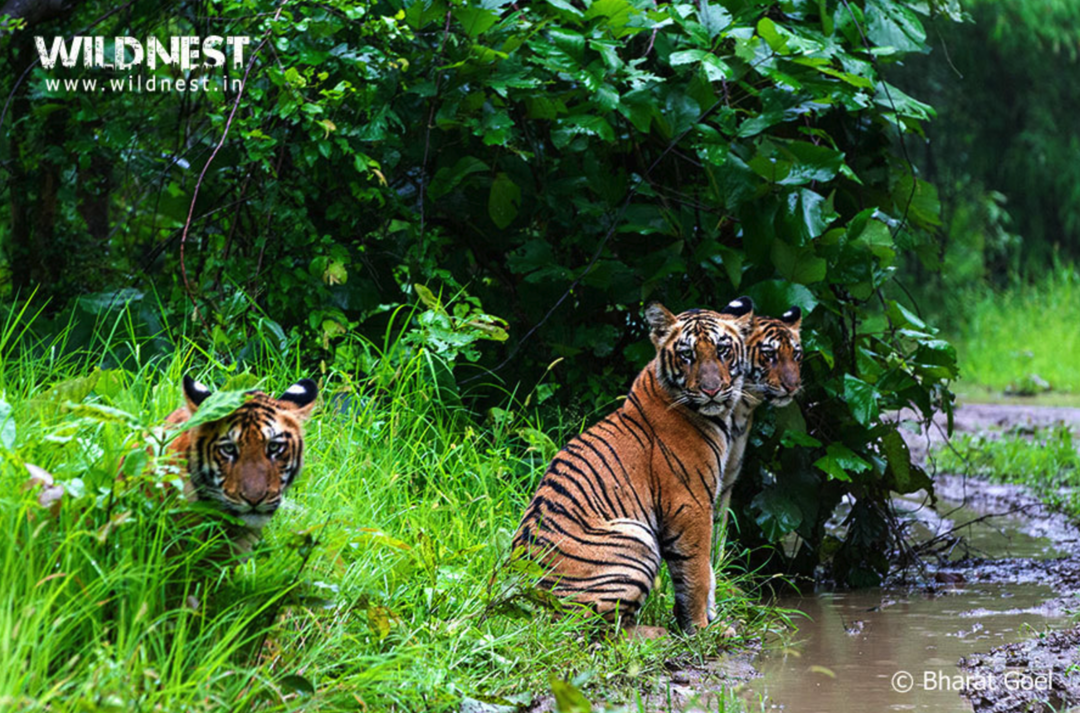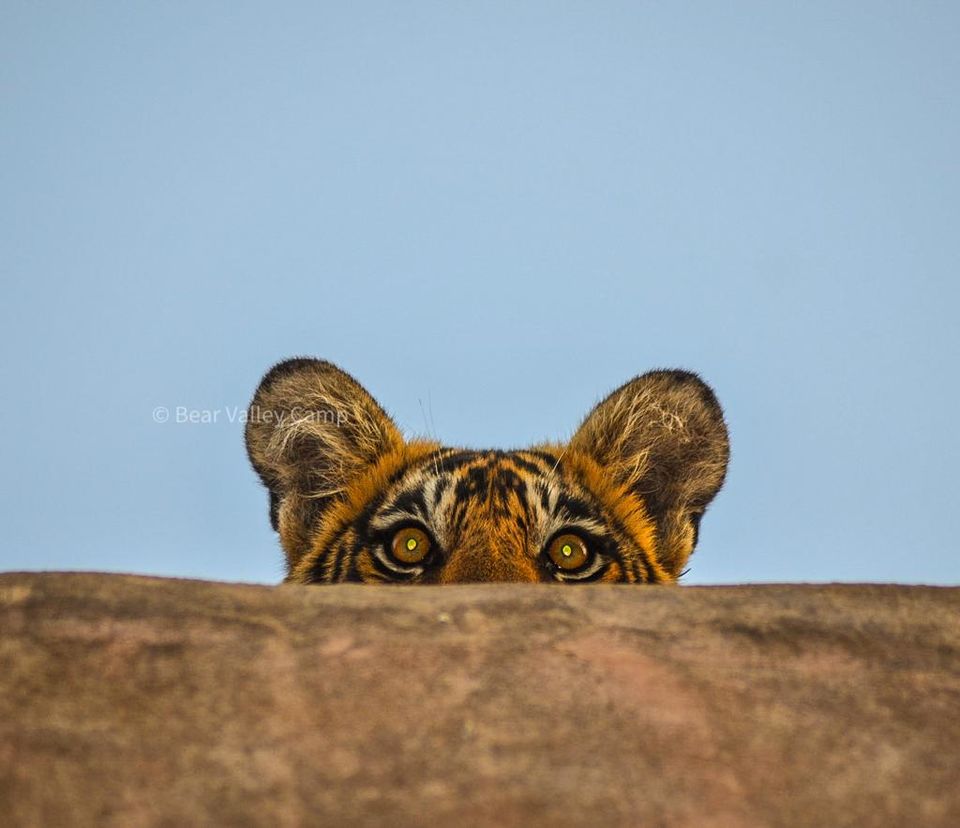
Have you ever had the opportunity to click a Tiger in the Wild? The sheer presence of this mighty animal sends a chill to most while leaving them spellbound under an aura of tremendous magnitude.
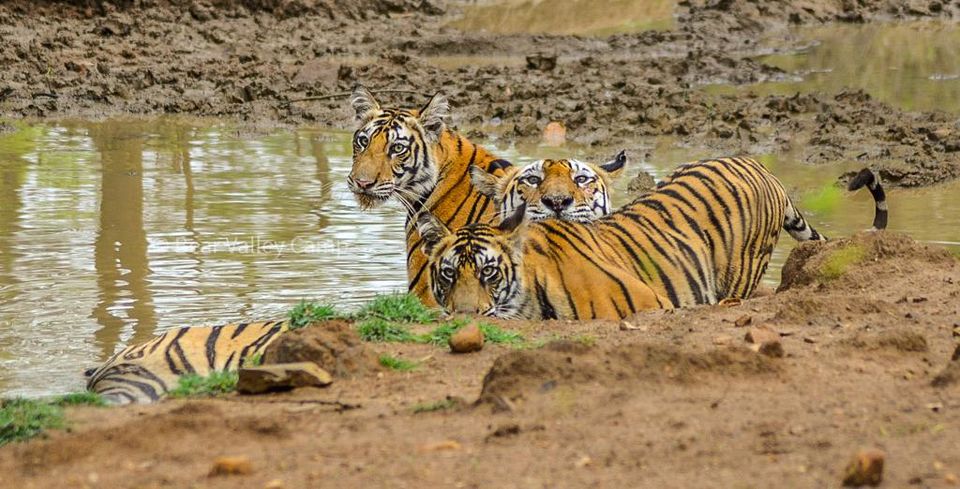
Generally speaking, anyone and everyone who enters a Wildlife reserve is doing so to photograph our most glorious and beloved National Animal - the Royal Bengal Tiger (Panthera Tigris). But while having such an expectation is but natural, many a times the Safari drive turns out empty leading to dissatisfaction. What we need to understand is that we are trying to photograph a Wild Animal who's survival is based on the fact of being able to remain unseen at will and control a terrain much larger than we can fathom.
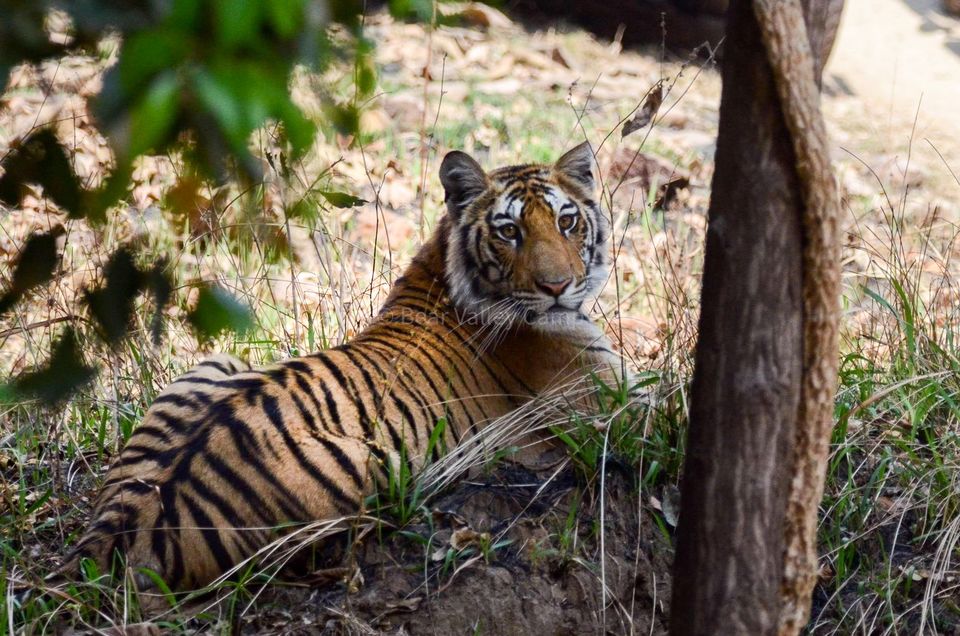
I will try to address a few points on understanding the Tiger, the knowledge I hope can be applied towards a much improved Safari experience. I would not get into the technicalities of how to click the photograph, I would leave that to the readers good judgement and expertise.
I have classified this into 2 parts
A. The Tiger
B. General conditions for Photography
Lets have a read through them
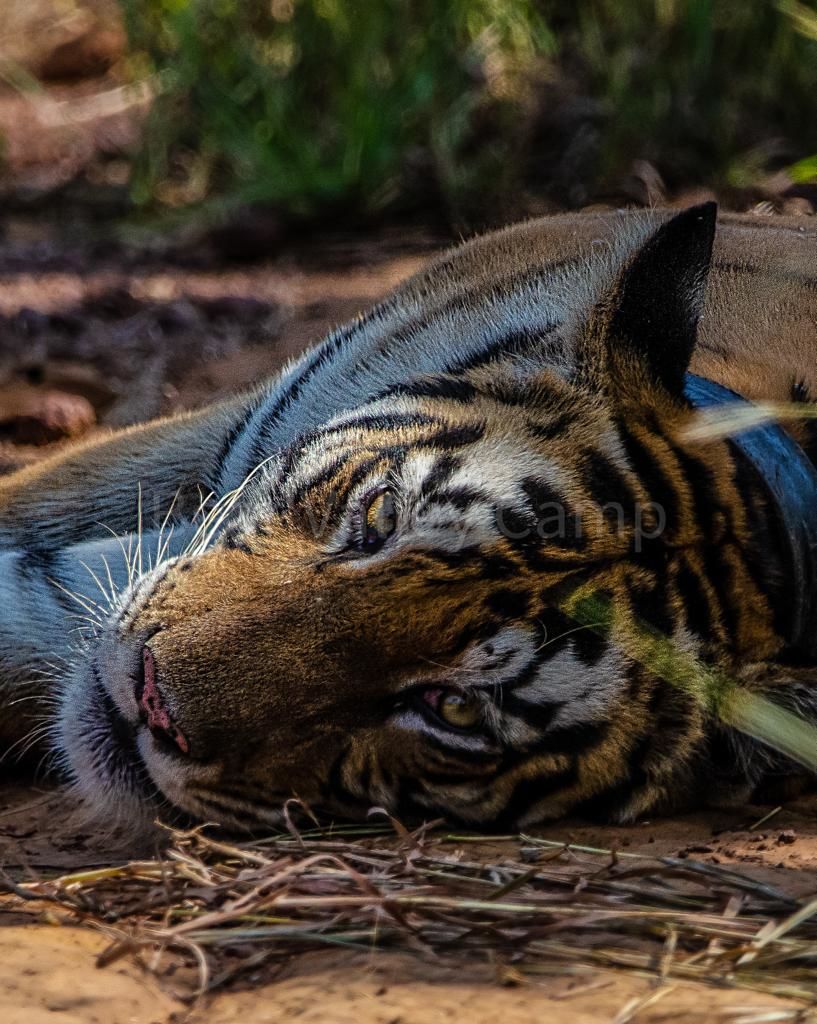
A. The Tiger
Presence of the Tiger :
India has always been home for this absolutely wonderful species of major carnivores such as Tigers, Lions, Leopards etc. However, the distribution of these cats is no longer uniform across the country, but are now restricted to the areas designated as Tiger Reserves, National Parks, Wildlife Sanctuaries and Biosphere and Nature Reserves. Now just like Human population is not uniformly spread across the country, same goes for animals, some regions may be better suited in terms of prey base, terrain, availability of water, climate and 'interference from humans or lack thereof'.
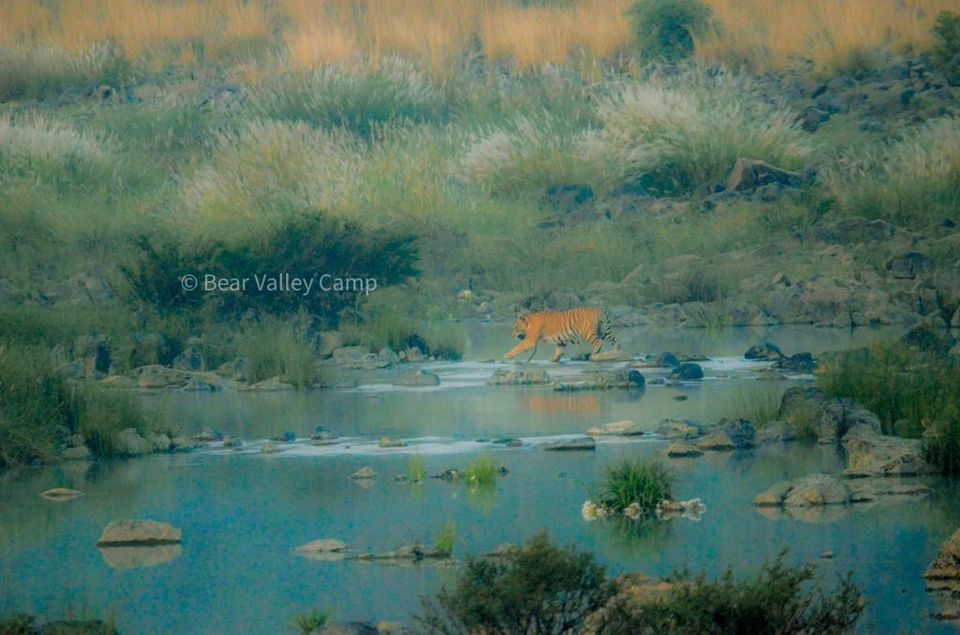
Now while many reserves in India are home to the Tiger, the distribution and numbers vary greatly and some parks have higher numbers than others.
It is also important to note that we hear a lot about some Tiger Reserves while some are unheard of, its not due to the presence or absence of Tigers but mostly due to the connectivity of those reserves from major cities

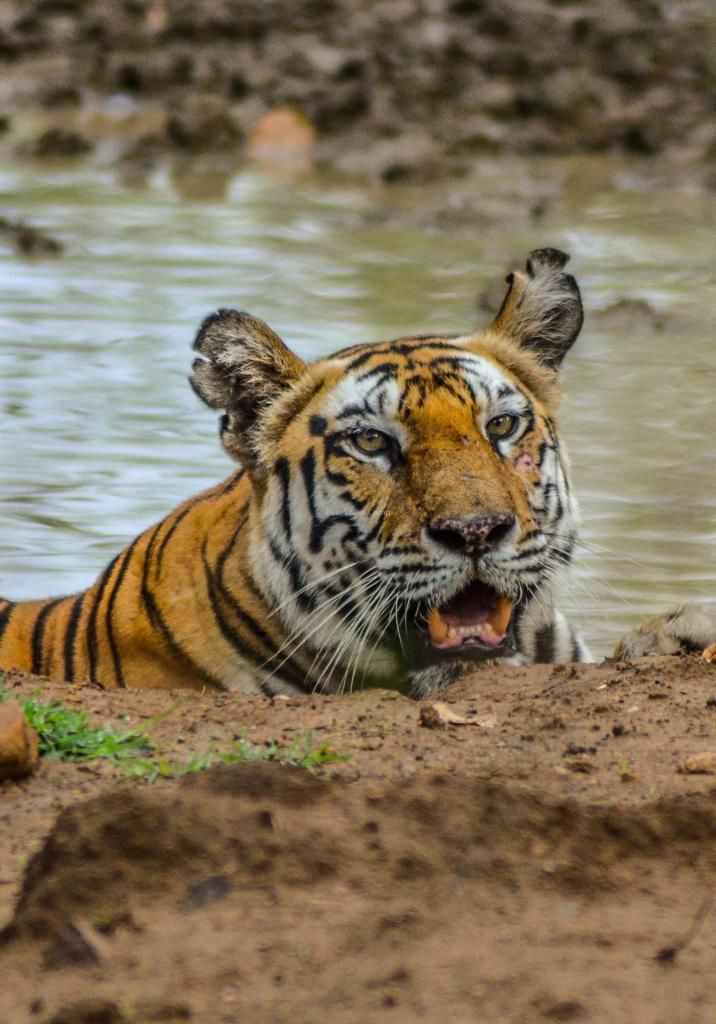
Type of Animal :
Tiger (Panthera Tigris) is a very large carnivore and and an apex predator at that, they have large territories where they move around; typically a Male Tiger may have a territory of up to 40-50 sq. kms. This territory may also have a few Female Tigers, their territory though is smaller at around 25-30 sq.kms . There may be more than 2-3 Tigresses in one males territory, there are sometimes overlapping areas around the fringe areas. Territory boundaries are formed by scent marking, cats have a distinct method for the same and spray urine at an upper angular manner.
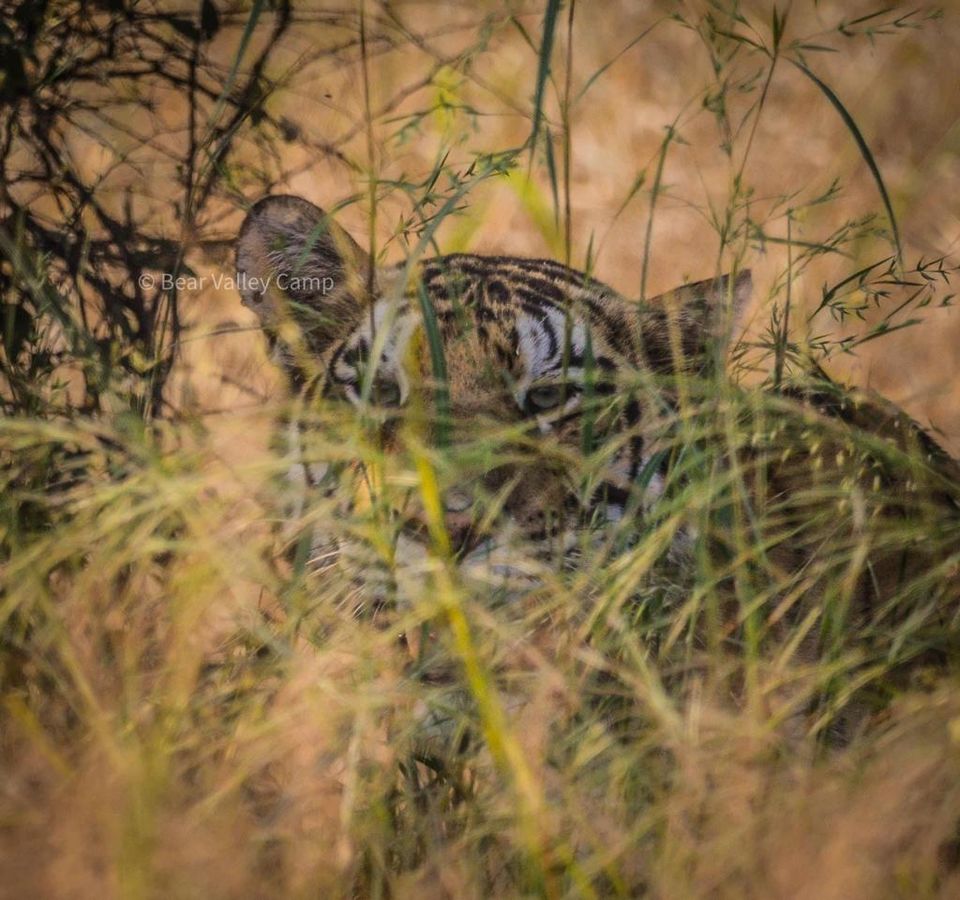
Mood & Behaviour of the Tiger :
The Tiger being the alpha animal of the forest, is a headstrong animal and a Male Tiger will go about his business without being impacted with the presence of vehicles, people etc. This trait is also seen in some Alpha Tigresses, they continue to remain unperturbed and give a grand audience, sometimes even using the vehicles to their advantage for hunting. They are curious by nature and love to walk on the road giving everyone a sight never to be forgotten. But when they are not given the right of way, they may move inside and wait it out until the path is clear and then continue on their journey. They are usually good natured and given a chance encounter with people on bikes or even on foot, they will announce their presence while at the same, allowing for a safe transit.
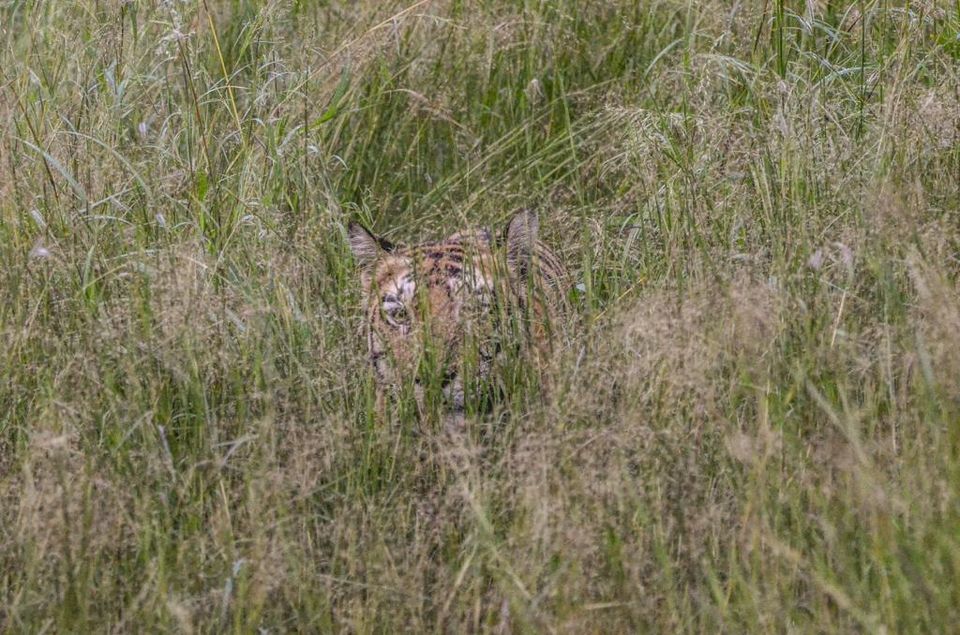

Range and behavior of any particular Tiger :
Now like people, each Tiger has its own unique identity and behavior, these genes get passed on to their off-spring and for those of us who have spent a considerable time tracking a particular Tiger family, can mark out the similarities in the movement, choice of den, behaviour whether shy or extrovert etc.
Mostly Male Tigers love and prefer solitude and can be seen gazing at their magnificent kingdoms from breathtaking locations
"Whether or not you saw the Tiger, but the Tiger definitely did see you."
We are entering their world and without their willingness it is just impossible to get a picture.
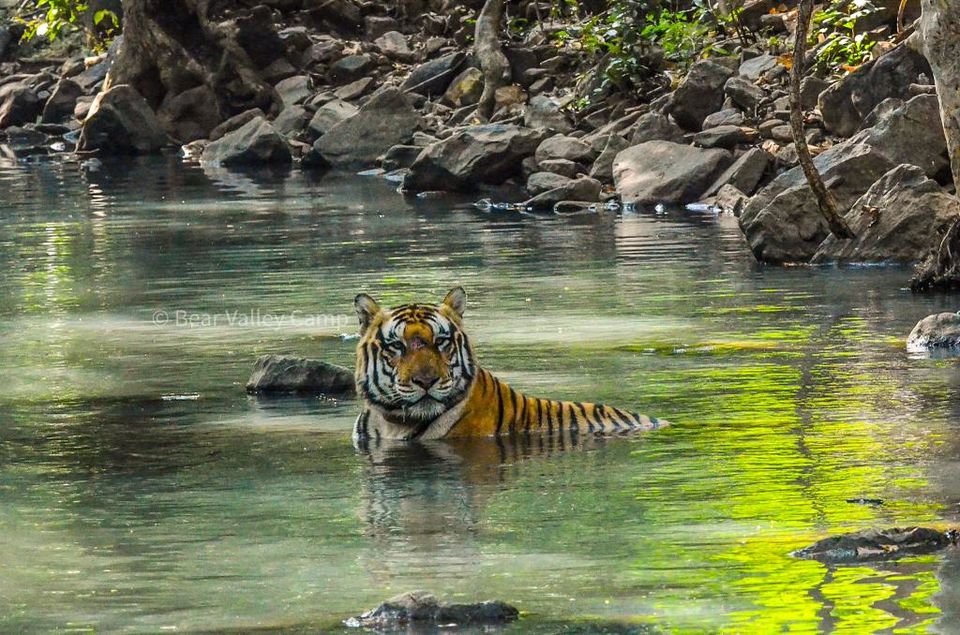
B. General Conditions for Photography
Terrain
Depending upon the location of the Tiger Reserve, the terrain changes drastically. Tigers are quite adaptive and can be seen from the evergreen rainforests of the Western Ghats to the extreme temperatures of Rajasthan and Central India right to the snowy mountains of Uttarakhand and North East and at the other extreme, they have adapted themselves to the constant moving mangrove islands of Sundarbans as well. So, if Tigers is what you are chasing, then be prepared to have the time of your life as you move around all this. Now, terrain plays an important part of photography, as it allows you a view of the habitat of the Tiger and the landscape shots thus present a pretty picture. Some places the terrain is more conducive towards portraits or close-ups (Tadoba, Bandhavgarh, Ranthambore), other places you have the possibility of a beautiful landscape (Panna, Jim Corbett). There may be also varied terrain within a single park, offering opportunity to click a myriad of shots (Panna is a fine example of this)
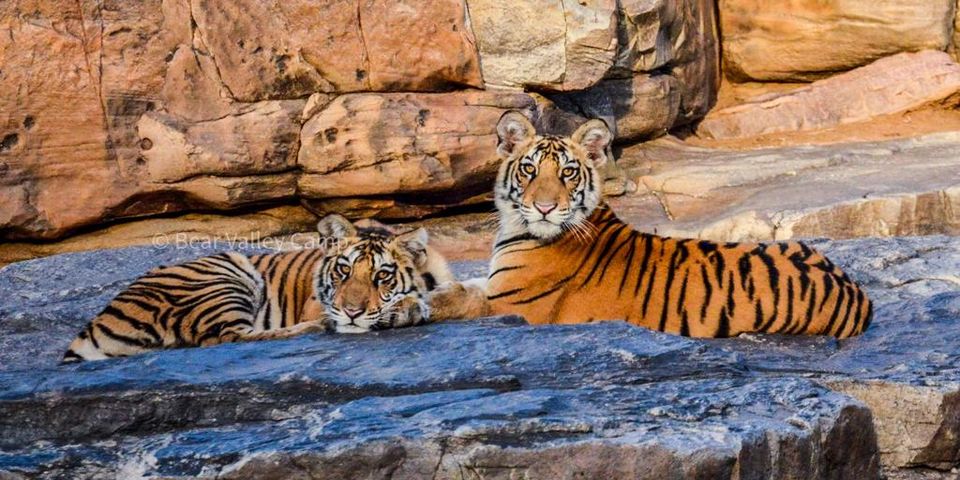
Climatic conditions
What is the best season to photograph Tigers, is the most asked question!
My answer: all seasons!
Each season presents an aspect of the life of the Tigers and a shade of color of their coat as it adapts to the changing weather. From a sighting point of view, of course peak summers and the scarcity of water and being a hot bodied animal, it needs to cool itself down for a few hours every day, so chances of sightings are very high, but at the same time, the summer temperatures in Tigerland are in the higher 40s and not something that most humans can bear too.
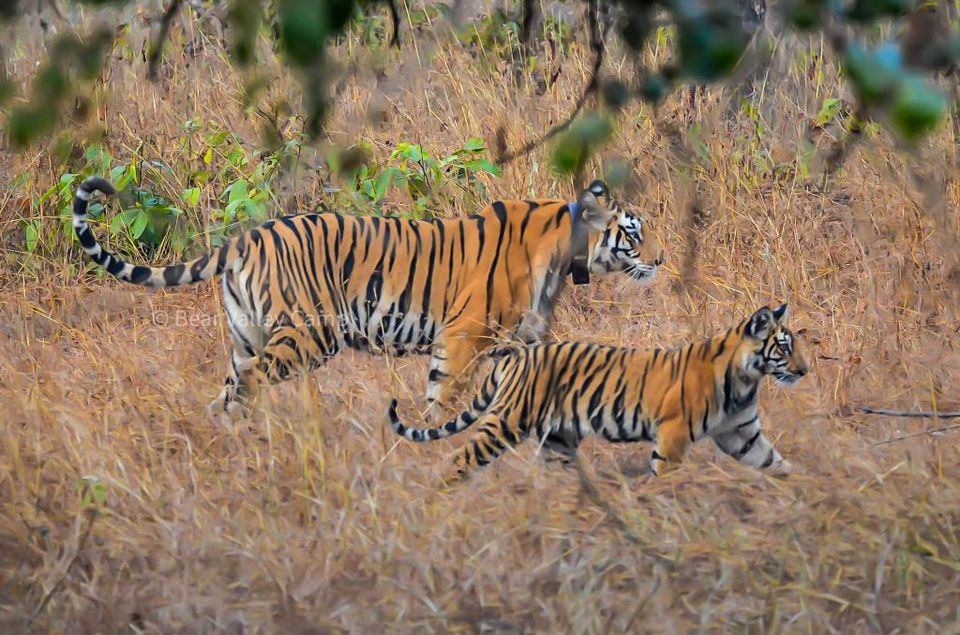
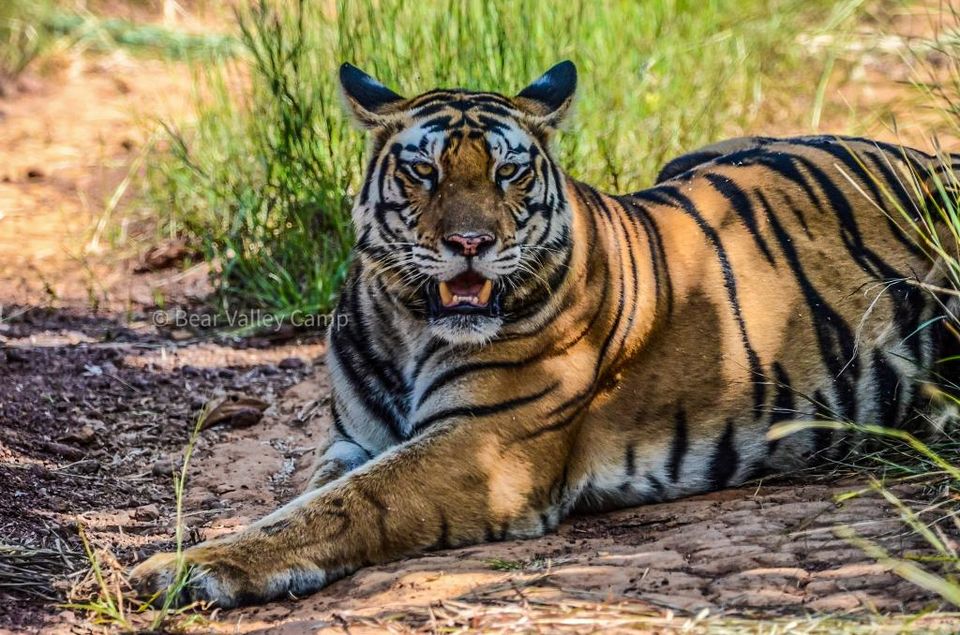
Light
Oh to be able to capture a Tiger basking in the golden rays of the early morning sun is what photographer dreams are made of and I hope we all get that opportunity some day.
Photography gear and lens
There is no end to this discussion, but essentially I would carry a long range (telescopic) and a short range (portraits) and be ready. Of course nowadays, mobile cameras can do most of the things at close range.
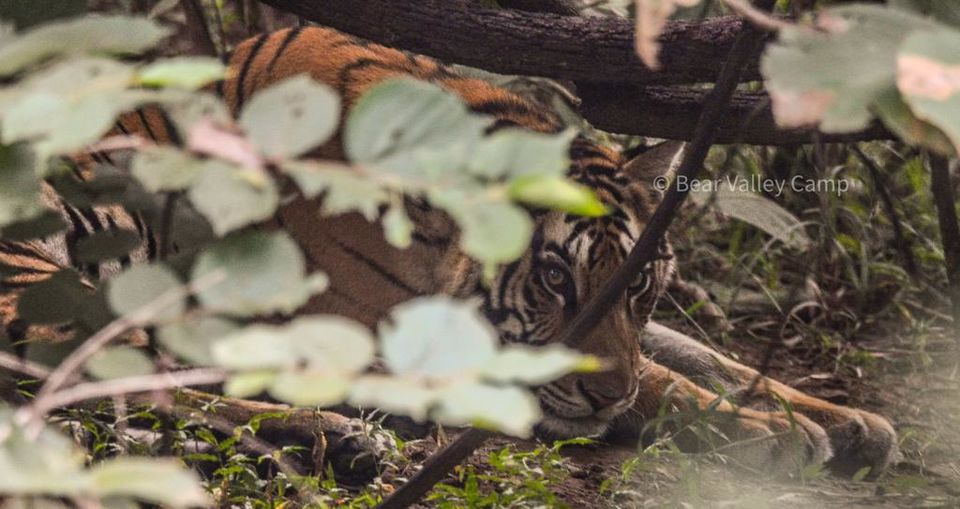
Cost
At present day prices, each Wildlife Safari within the core zones of Madhya Pradesh Tiger Reserves are roughly INR 6200 per drive (6 people in a Gypsy). Yes it is an expensive affair and normally one should look at 3-4 safaris within their vacation time to be able to get enough opportunities to look for the Tiger and maybe photograph it too.
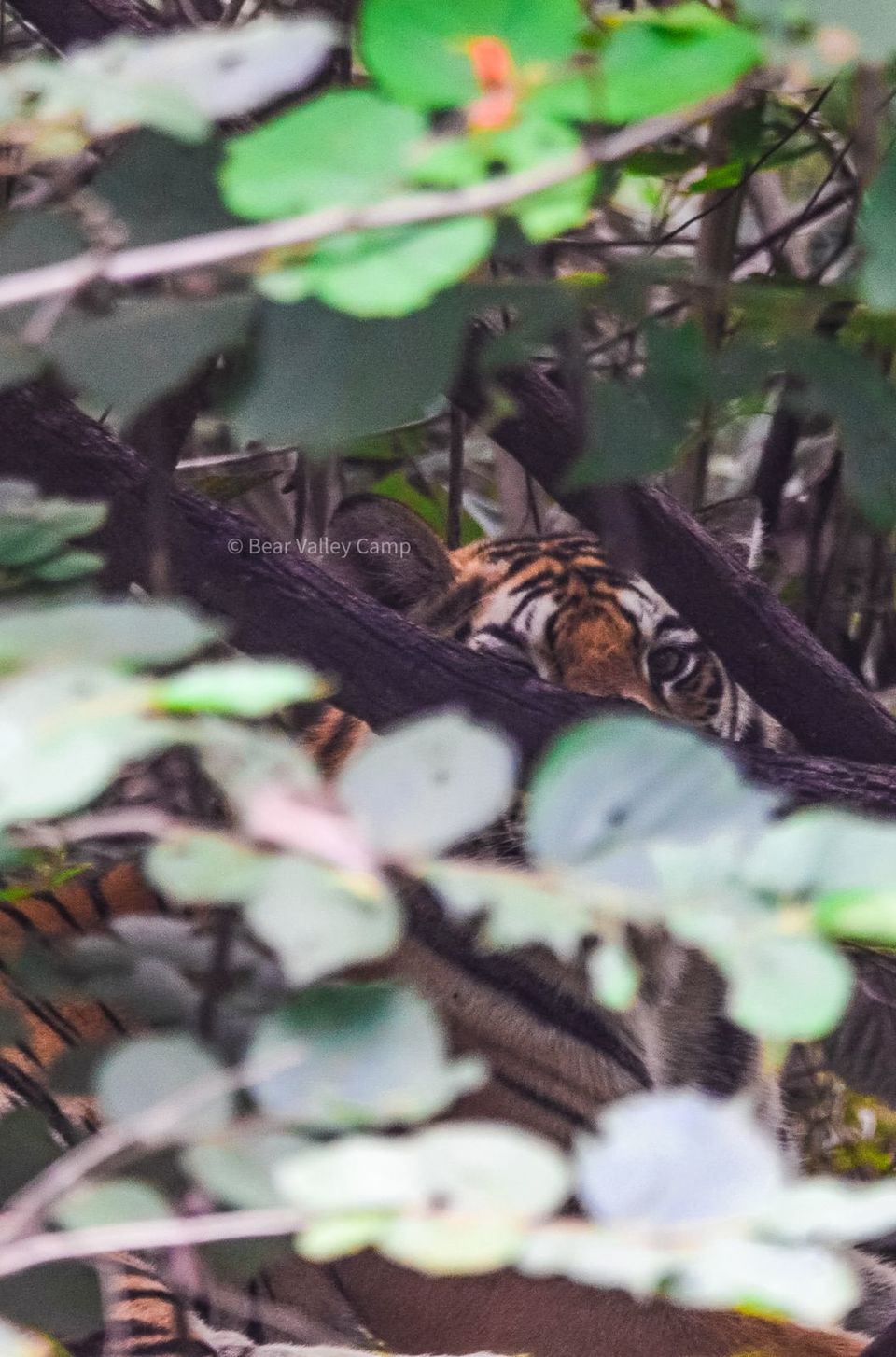
My end note are these series of pictures shot at Panna Tiger Reserve, hope you find the read helpful in your search for Tigers. There are many stalwarts present in this group, hoping they all share their expertise too.
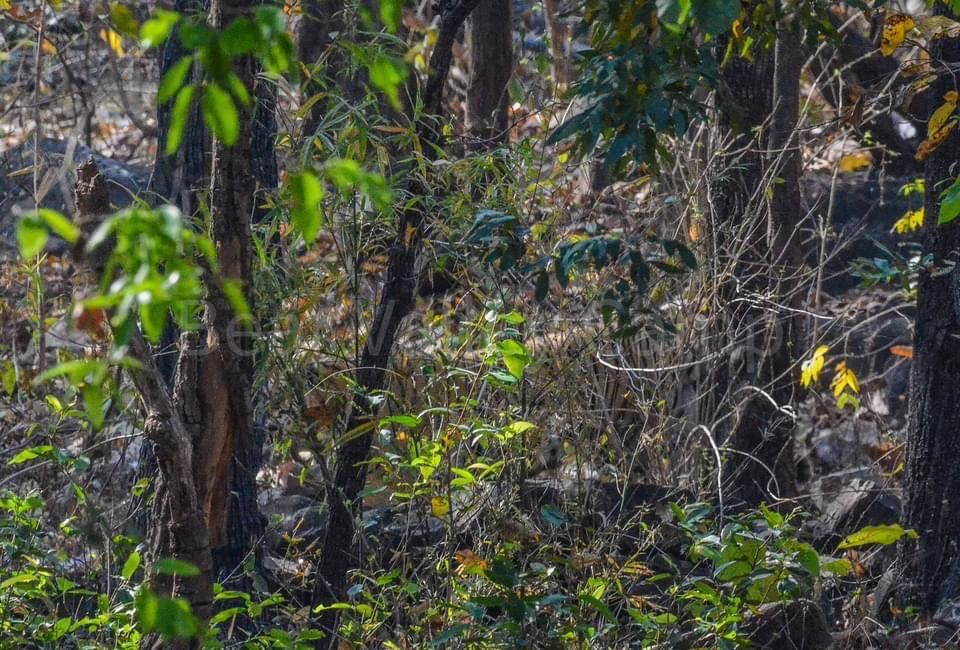
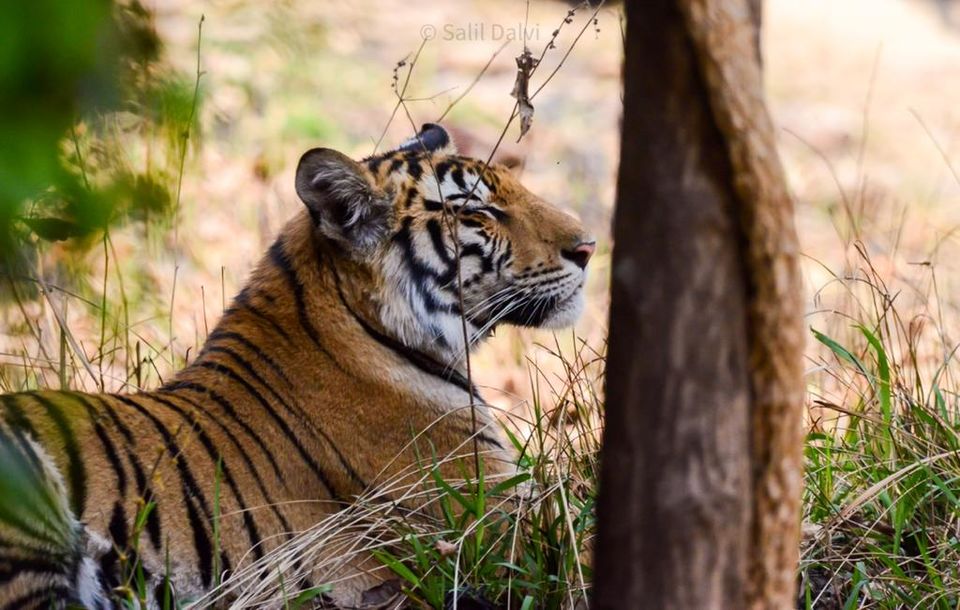

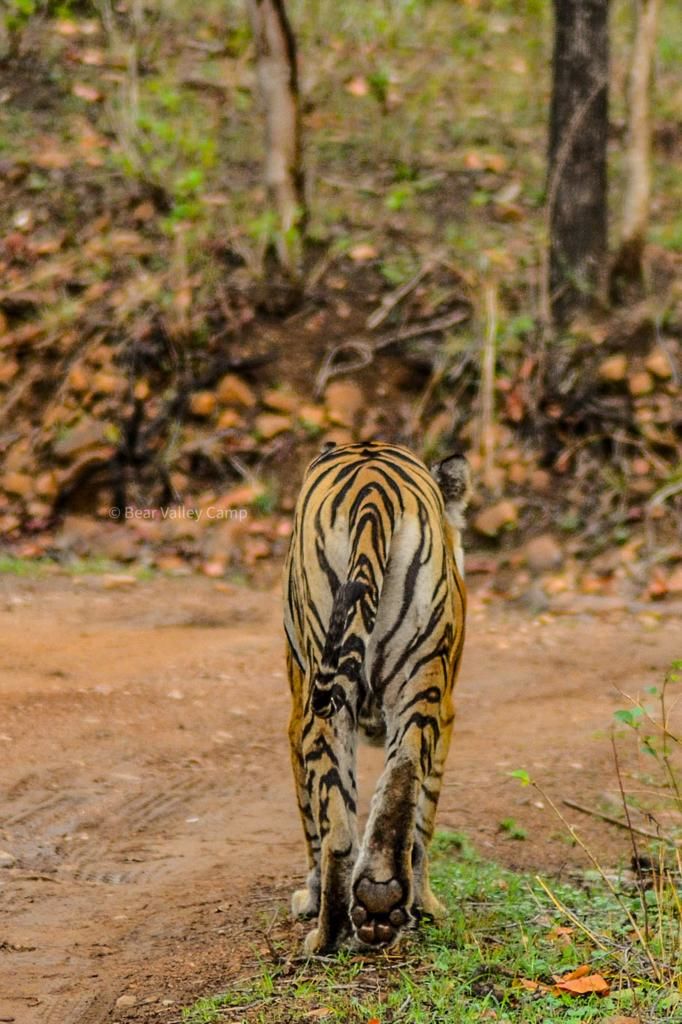
Note: All pictures are clicked by me
If you like the content, please follow






